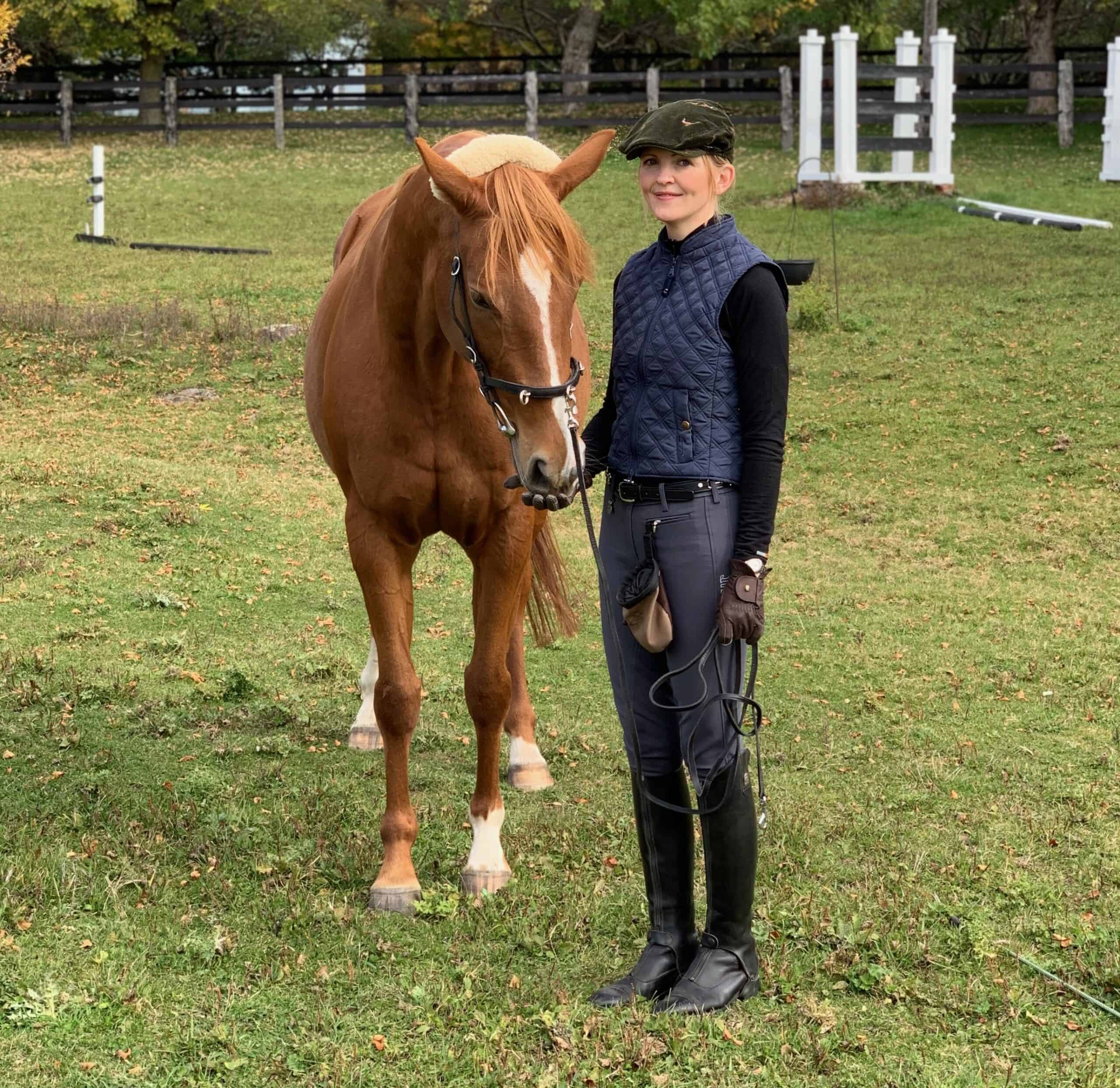Abnormal Mineralization and Pathologies of the Equine Fetlock

Mineralization often occurs when hard material forms within a structure of the horse. Minerals such as calcium and phosphate are deposited on or within a cell during mineralization, and when those cells are soft tissue cells, it can have negative consequences on the horse’s soundness. When this physiochemical process involves tendons or ligaments, the biomechanical properties of soft tissue can be reduced due to the hard mineral deposits, which are often associated with pain in horses.
Veterinarians sometimes find mineralization in the tendons and ligaments of the equine distal (lower) limb when performing diagnostic imaging exams of horses with reduced performance and lameness. However, veterinarians often miss mineralization and pathologies, which are common in the fetlock region due to the load they support. Limitations of conventional imaging techniques such as ultrasonography and radiography make it difficult for veterinarians to examine these abnormalities; therefore, little is known about the mechanisms of heterotopic (abnormal) mineralization in horses.
“In humans different imaging features of heterotopic mineralization have been characterized because heterotopic mineralization has been related to soft tissue injury and pain and, therefore, is considered clinically important,” said Szu-Ting Lin, DVM, MSc VetPathology, PhD student in the Department of Veterinary Medicine at the University of Cambridge, in the U.K. Using three-dimensional imaging methods, such as computed tomography (CT) and magnetic resonance imaging (MRI), could provide information about the association between mineralization and the surrounding bone and soft tissue.
“In our study we aimed to identify and describe the imaging features of heterotopic mineralization (deposit of calcium salts or calcification) and adjacent pathology in the fetlock region using cone-beam (CB) CT, fan-beam (FB) CT, and low-field MRI,” Lin said.
Although CT is considered the optimal tool for detecting heterotopic mineralization, MRI is ideal for detecting soft tissue injury, Lin explained. Due to recent advances in these technologies, veterinarians can now perform standing CT scans and MRI in sedated horses, she added. “Combining these three-dimensional imaging technologies helps us understand the relationship between mineralization and adjacent pathology, so better clinical decisions can be made for the horse,” she said.
“We were able to characterize two types of heterotopic mineralization on the cadaver limbs of three horses, which were confirmed through pathological examination,” Lin told The Horse. The first was ligament and tendon mineralization, identified through CBCT and FBCT, and the second was ossified (bony) fragment patterns found on CBCT, FBCT, and MRI. “The MRI identified soft-tissue pathology related to heterotopic mineralization,” she added.
Both CT and MRI methods reliably identified ossifications (bony remodeling). CBCT and FBCT performed best in locating soft tissue mineralization compared to standing MRI, but MRI better identified active soft tissue pathology associated with mineralization, Lin said. The results showed the value of combining CT (to detect mineralization) with MRI (to detect associated damage to adjacent soft tissue), which could positively impact the clinical management of affected horses, she said.
“The imaging features of heterotopic mineralization characterized in this study can help future application of standing CT and MR imaging to identify and monitor different types of heterotopic mineralization and the association with clinical problems,” Lin said.

Written by:
Tanja Bornmann
Related Articles
Stay on top of the most recent Horse Health news with















